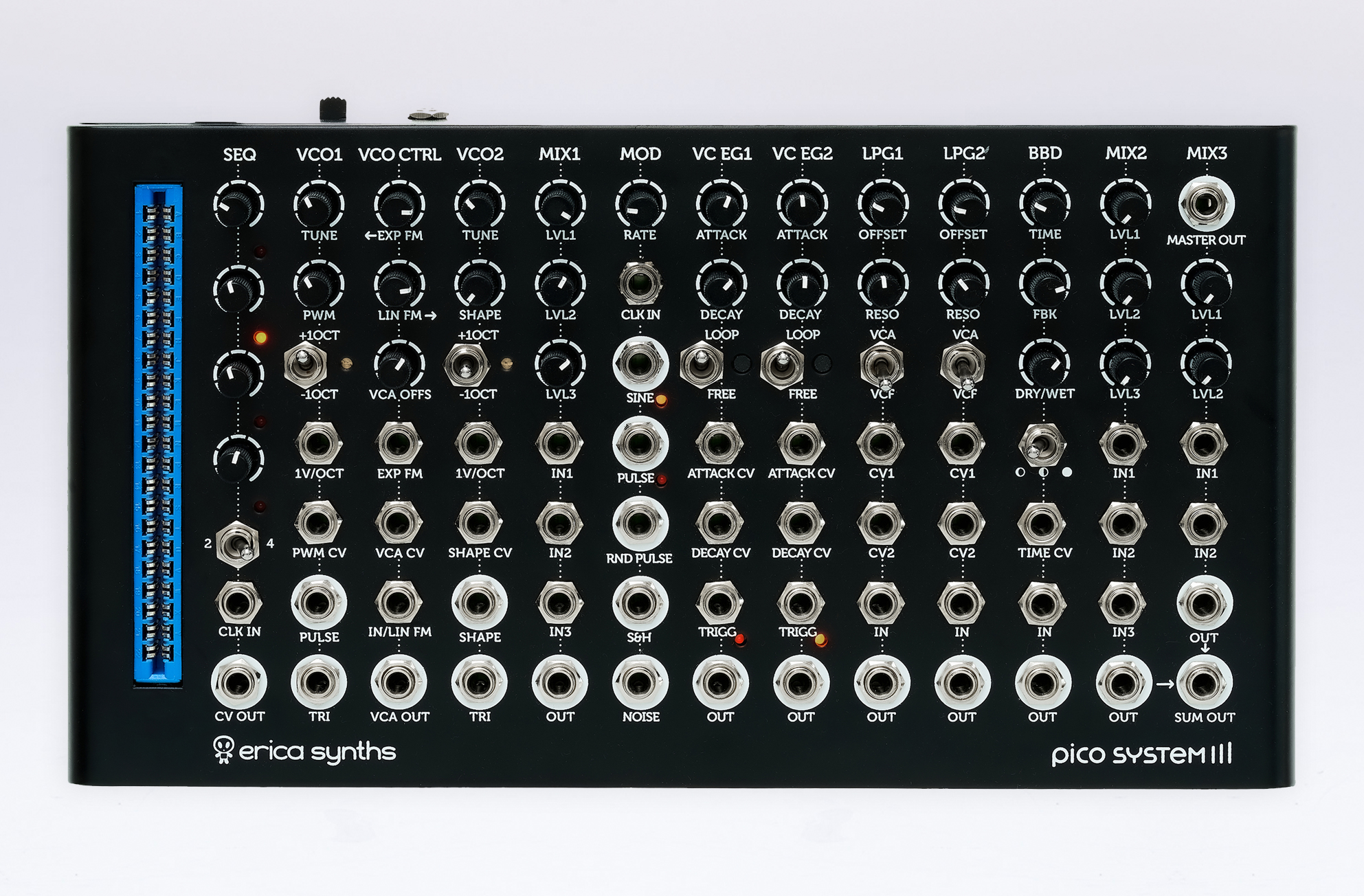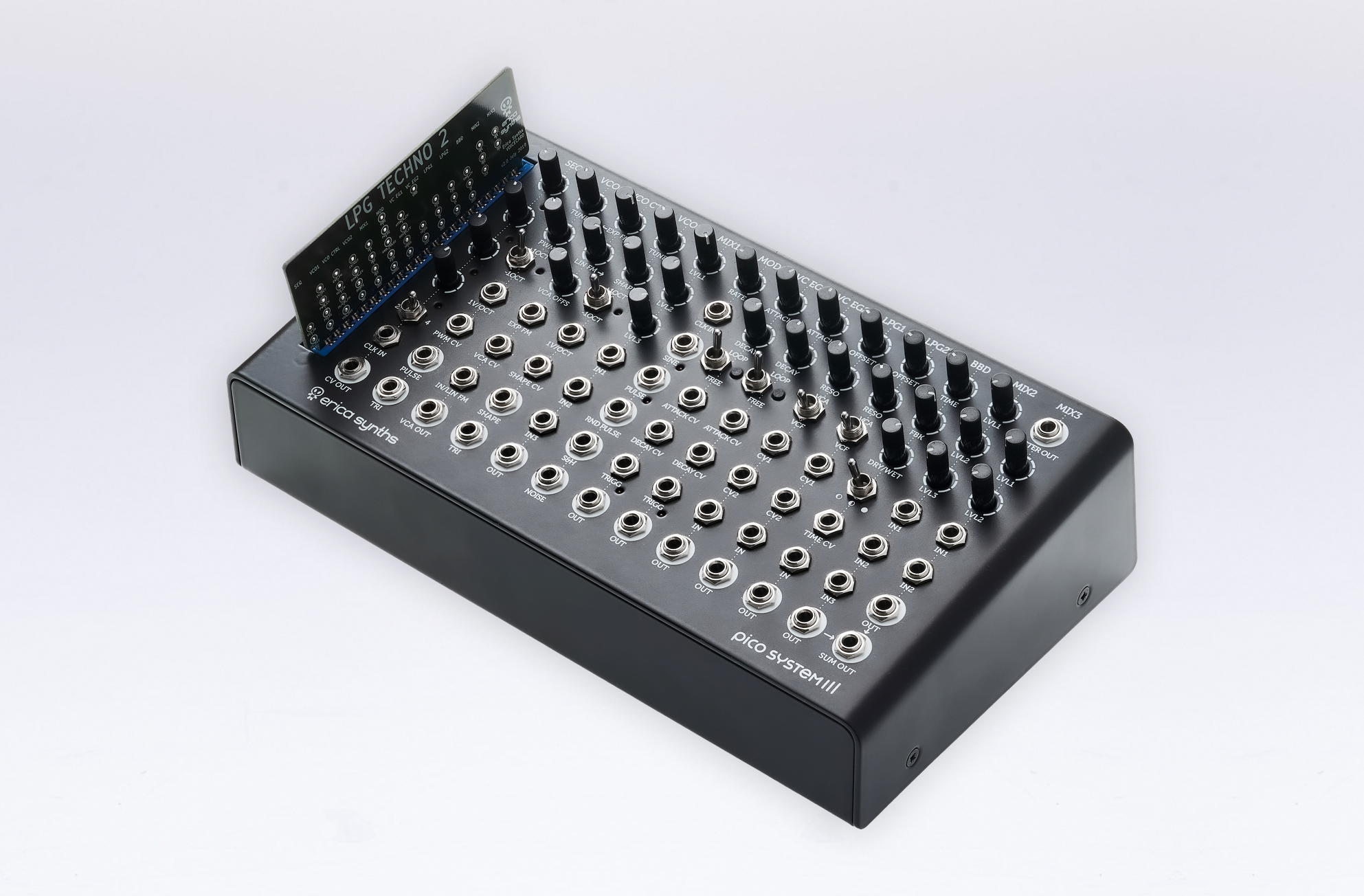|
|
Post by audiojack on Jan 25, 2020 18:48:14 GMT
I would really like to create an AE module which is an interface for the educational SOC, the BBC Micro:bit.
The main problem I have is how to interface those pins! The only available adaptor, or edge connector (that is not part of a bigger proto board) is this one: Now the male pins of this connector are not breadboard or universal protoboard friendly. At all.
It would require a custom protoboard along the lines of this one below. You can see on the right where this edge connector goes.
Creating a protoboard like this is beyond me, completely.
Would there be traction or entheusiam for a production module?
Here is a youtube showing an excellent example, cued at the section showing a BBC Micro:bit interface
|
|
|
|
Post by visuellemusik on Jan 25, 2020 21:28:21 GMT
Hi, woudn't a breakout-device like this from a third-party supplier work for you?
This is available with or without standard-headerpins attached, and there are other formats by other suppliers.
Also because the BBC Micro:bit works with 3.3V logic and the AE Modular with 5V you propably would need to get that converted for your purposes?
|
|
|
|
Post by audiojack on Jan 25, 2020 22:37:06 GMT
arg, careck moved this thread from Modular talk to DIY as I was replying to visuellemusik, so I lost my post. Not to worry.  I can see the ambiguity and why he moved it, my bad, but it wasn't really intended as a DIY topic at all, but more throwing an idea out there in the hope that robert would go "ooo that sounds neat, let's interface with some education SOC"  (so yeah, i thought the sparkfun and other breakout boards would be too big for a AE module, and the micro:bit would be used for output - contol, sequencing, audio chiptune, midi, etc - so 3.3v should be fine, unless, unsuprisingly, I've missed something.)
|
|
|
|
Post by admin on Jan 25, 2020 22:57:41 GMT
arg, careck moved this thread from Modular talk to DIY as I was replying to visuellemusik, so I lost my post. Not to worry.  Oops, SORRY! |
|
|
|
Post by rodney on Jan 29, 2020 23:55:49 GMT
I'm up for this too.
I think one of the existing boards might do the trick.
I also have some ideas about designing a generic proto board for ae with mounting for bus, buttons, pots then getting a batch made up for interested folk.
I'll try to articulate it in detail in a new thread next week.
|
|
|
|
Post by visuellemusik on Feb 4, 2020 12:55:13 GMT
I agree, that supporting the Micro:bit in some way for AE Modular could be nice, the educational aspect and Python support would be things that come to mind, but also the already build in (yet minimalistic) user-interface-elements like the leds and buttons could come in handy.
Just found this: about connecting a Micro:bit (clone) via Bluetooth for sending MIDI-events.
I understand that this is not a solution to the topic of this thread, only ment as a background-info, because here also a connector to the Micro:bit and two small pots are used ;-)
|
|
|
|
Post by rodney on Feb 4, 2020 23:22:11 GMT
I really like the simple connectors in the above example. Nice for when you don't need the full edge connector.
|
|
|
|
Post by visuellemusik on Feb 6, 2020 16:37:52 GMT
I understood by now, that the original question was about a AEM module providing a slot for the micro:bit
But as I accidently came across this I thought, I'd mention it:
This could work quite well in conjunction with a breadboard or stripboard / protoboard? One thing here is that a 3V power-supply is required, unless the power gets in via the micro:bit directly over USB for instance
|
|
|
|
Post by audiojack on Feb 9, 2020 9:07:10 GMT
The pico iii has this kind of vertical slot   |
|
|
|
Post by audiojack on Feb 9, 2020 9:45:52 GMT
I understood by now, that the original question was about a AEM module providing a slot for the micro:bit
This could work quite well in conjunction with a breadboard or stripboard / protoboard? One thing here is that a 3V power-supply is required, unless the power gets in via the micro:bit directly over USB for instance
just bought two of these, nice find. might desolder the breakout pins so it fits better in a module |
|